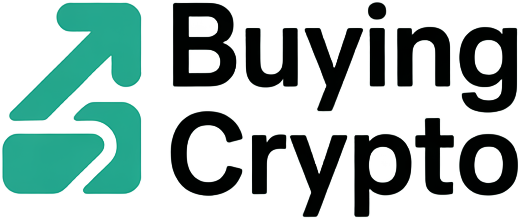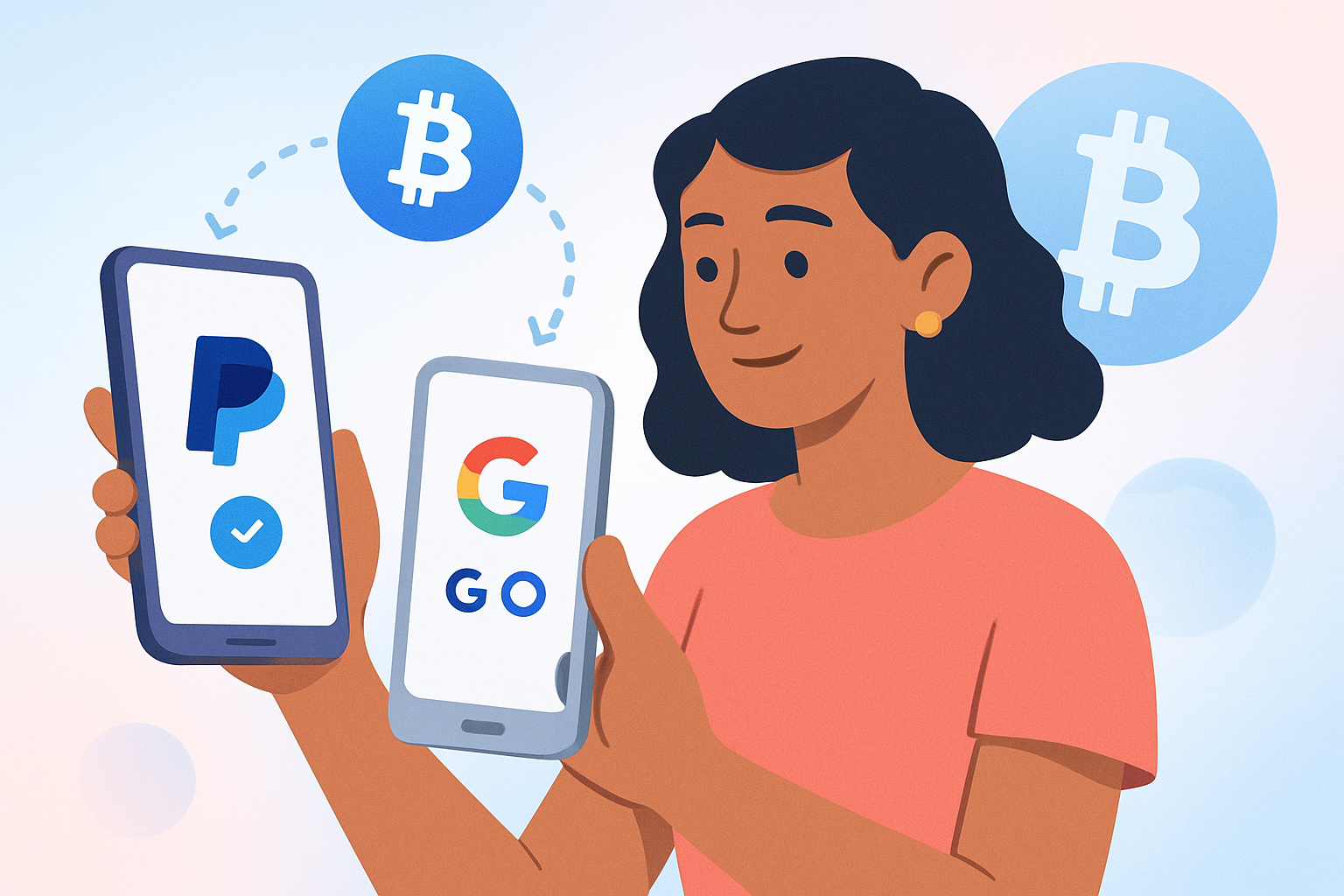For years, crypto onboarding has been a headache for beginners. Complex wallet setups, confusing addresses, and tax ambiguities have kept many on the sidelines. But in September 2025, two tech giants, PayPal and Google, unveiled innovations that promise to make entering the world of digital assets as easy as sending a text or asking an AI assistant to shop for you.

PayPal’s One-Time Crypto Links: P2P Simplicity for All
PayPal’s latest feature, PayPal Links, allows U. S. users to send and receive cryptocurrencies like Bitcoin (BTC), Ethereum (ETH), and PayPal’s own stablecoin PYUSD across PayPal, Venmo, and compatible wallets. The magic lies in its user experience: you create a personalized, one-time link for sending or requesting crypto, no more fumbling with wallet addresses or QR codes. Share the link via text, chat, or email, and your peer can instantly complete the transfer.
This is more than just convenience. Personal transfers between friends and family using crypto are now exempt from IRS 1099-K tax reporting requirements. That means gifts or reimbursements stay private and tax-free, a major win for casual users wary of regulatory complexity (Coindesk).
Key Benefits of PayPal Links for Beginner Crypto Users
-
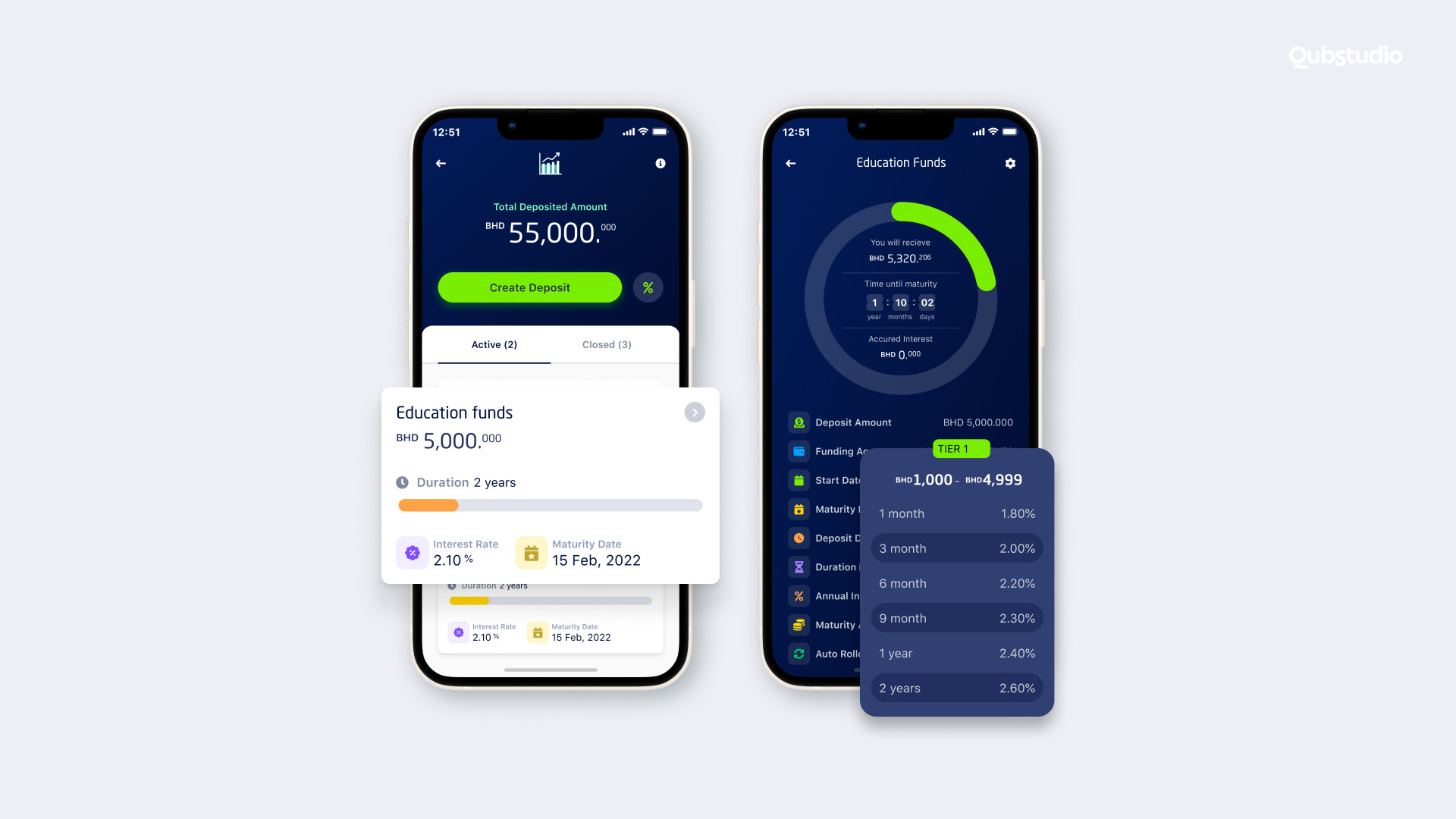
Seamless Peer-to-Peer Crypto Transfers: PayPal Links enable users to send or request cryptocurrencies like Bitcoin (BTC), Ethereum (ETH), and PayPal USD (PYUSD) directly across PayPal, Venmo, and compatible wallets, making the process intuitive and accessible for beginners.
-
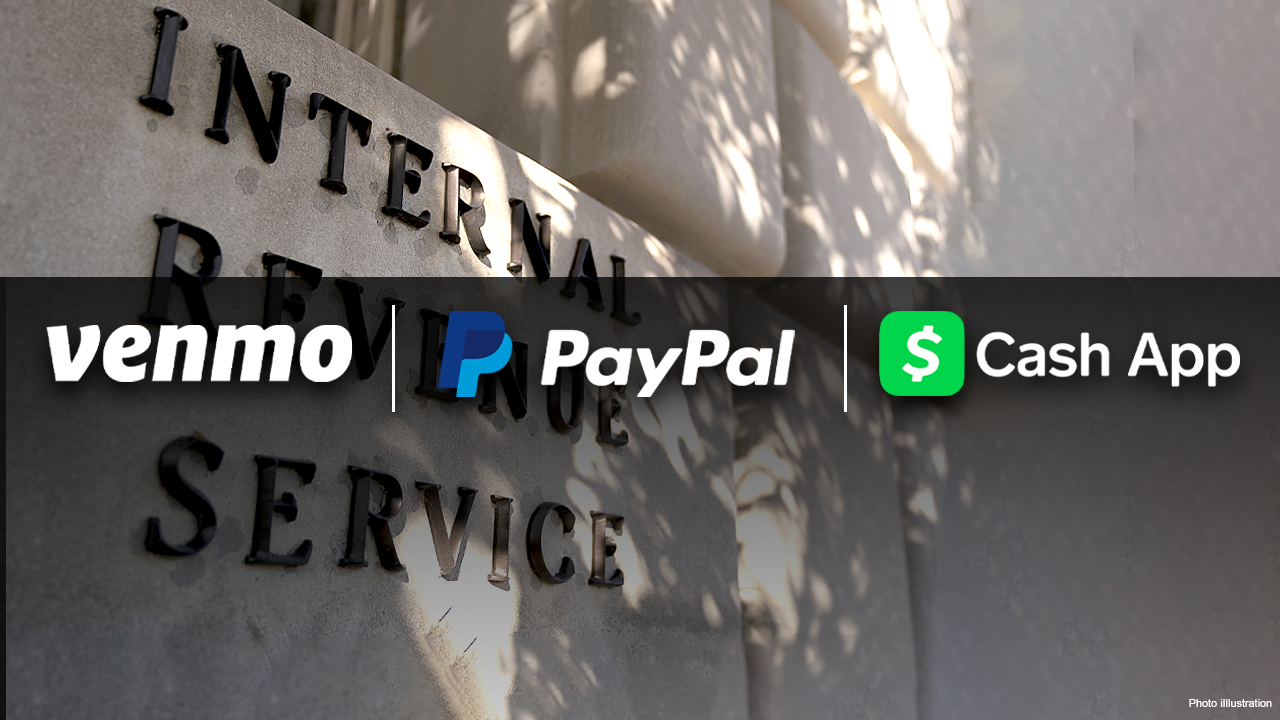
No Tax Reporting for Personal Transfers: Personal crypto transfers between friends and family using PayPal Links do not trigger IRS 1099-K tax reporting, allowing gifts and reimbursements to remain private and tax-free.
-
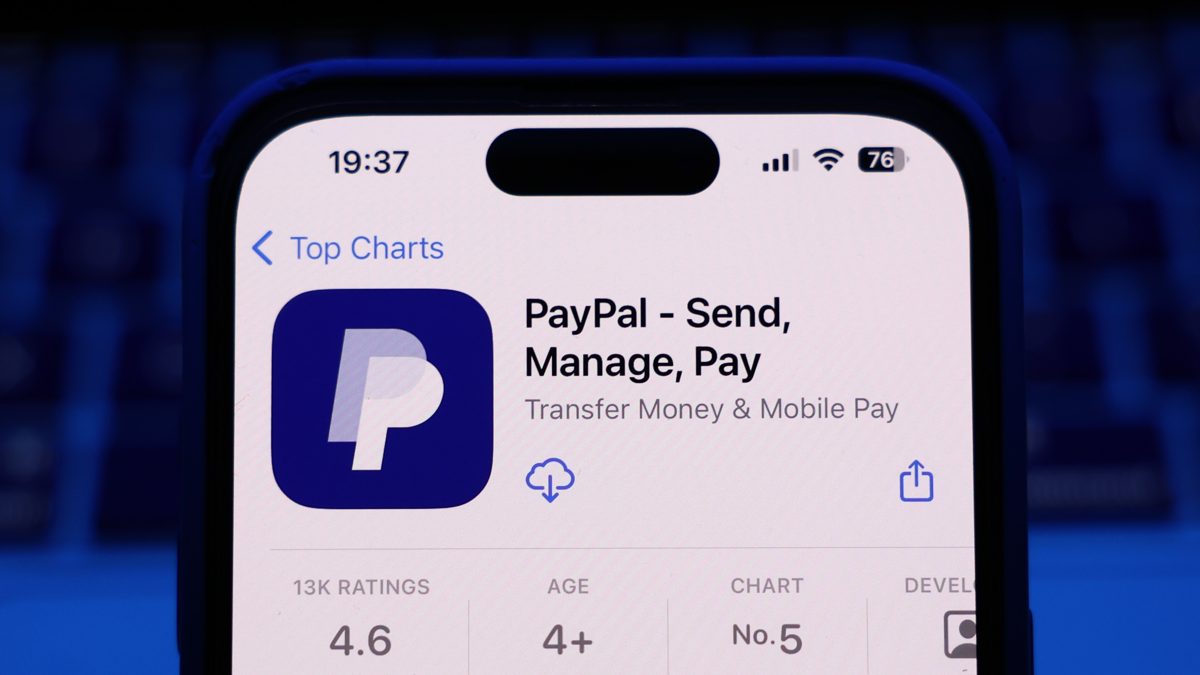
One-Time, Shareable Payment Links: Users can generate personalized, one-time links to send or request crypto, which can be easily shared via text, chat, or email—removing the need for complex wallet addresses.
-
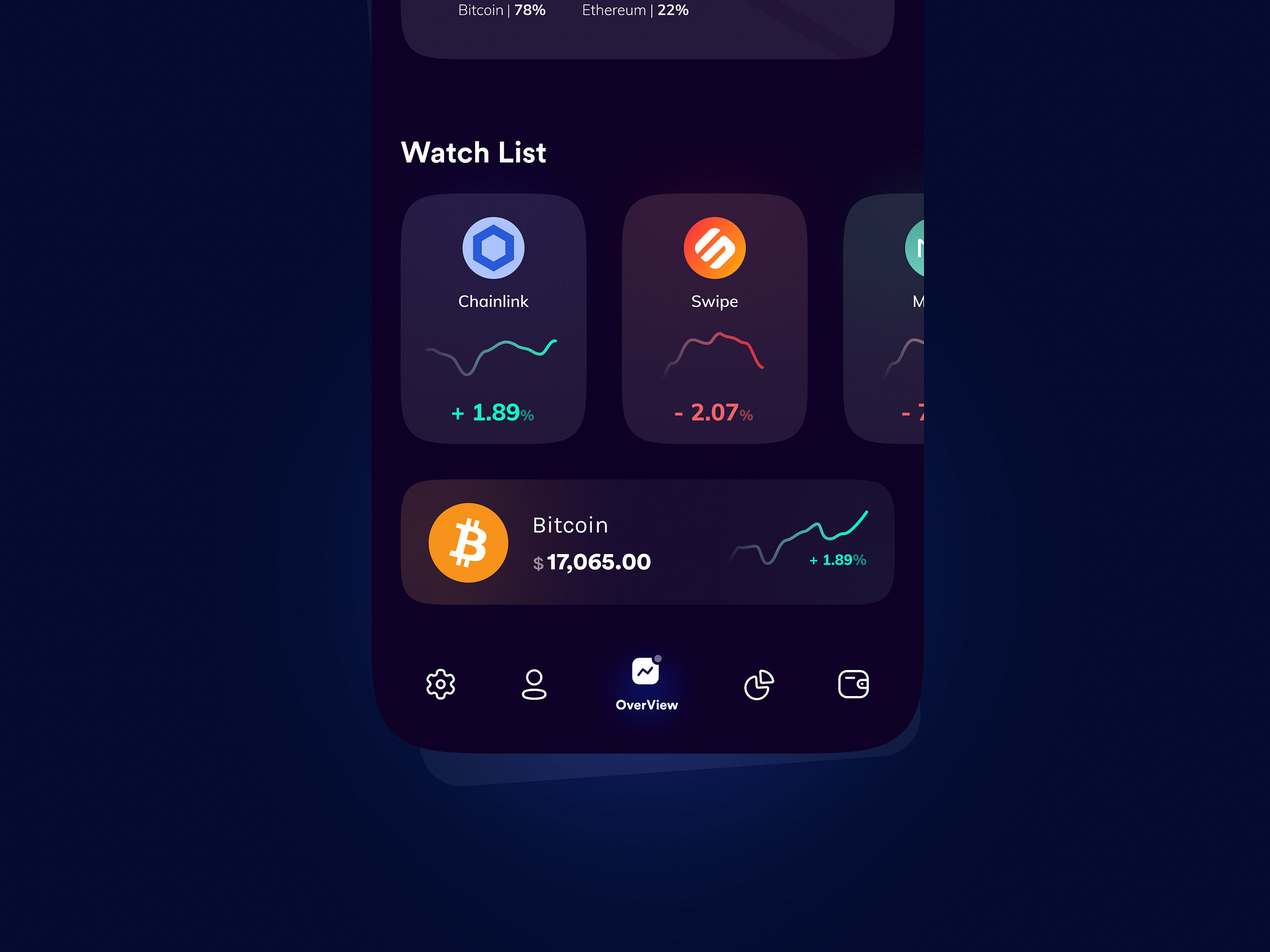
Familiar and Trusted Platform: PayPal’s widespread adoption and user-friendly interface reduce barriers for newcomers, letting beginners engage with crypto in a familiar environment without needing specialized knowledge.
-
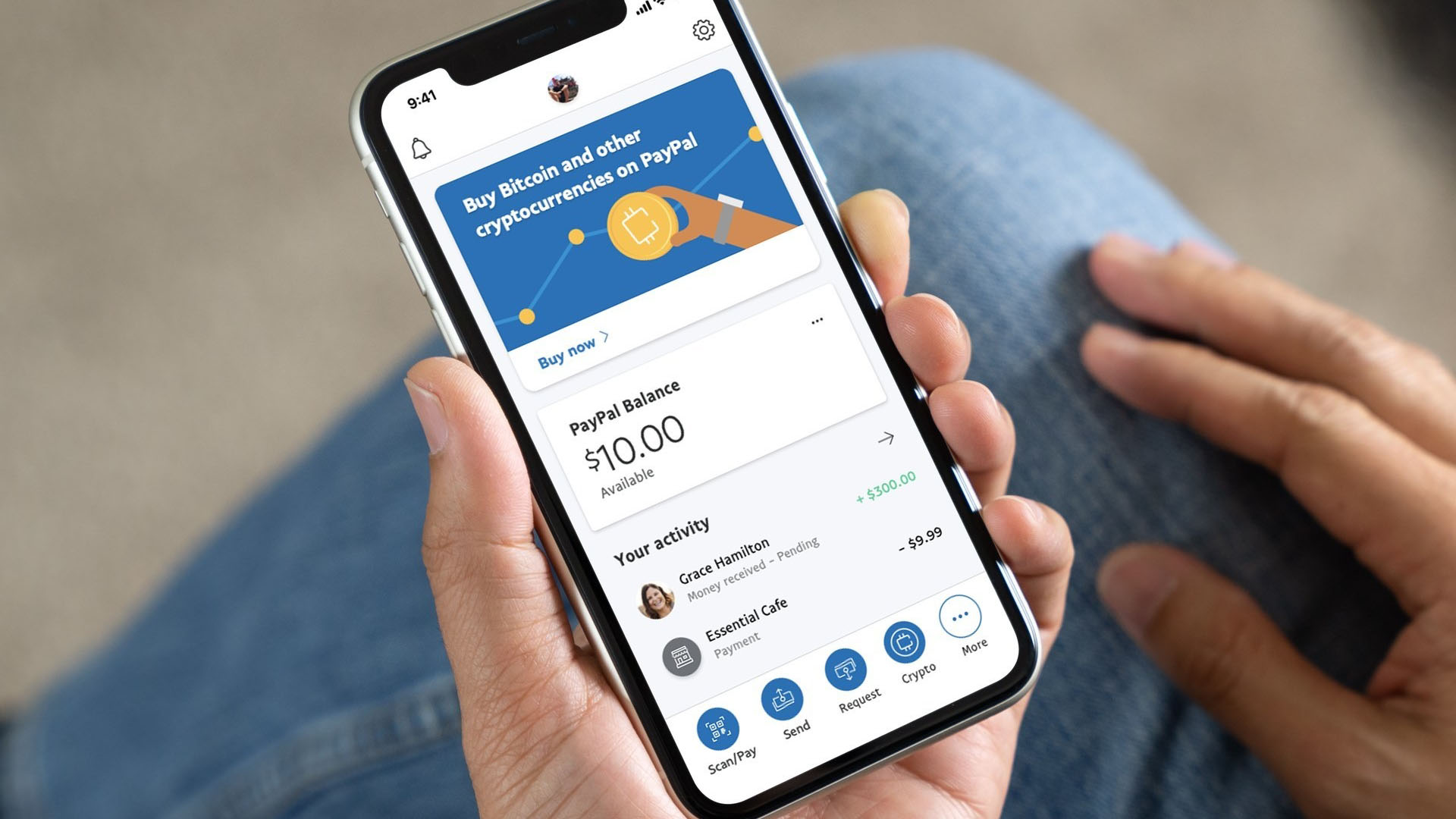
Cross-Platform Compatibility: PayPal Links work across PayPal, Venmo, and compatible external wallets, expanding access and flexibility for users new to crypto.
Google and Coinbase: AI Agents That Pay With Crypto
Meanwhile, Google has partnered with Coinbase to launch the Agent Payments Protocol (AP2), an open-source standard that lets AI applications send and receive payments, including stablecoins, on your behalf. Imagine telling your AI assistant to book flights, pay subscriptions, or split dinner bills with friends; AP2 makes these scenarios seamless by integrating both traditional methods (credit cards) and digital assets like USDC into the payment flow.
The protocol is designed with security at its core. Each transaction requires cryptographically signed digital contracts so that only authorized payments are processed. This not only protects users but also builds trust in letting AI handle real money (Coindesk).
Mainstream Onboarding: Lowering Barriers for Beginners
The significance of these moves cannot be overstated for mainstream crypto adoption:
- No more technical hurdles: PayPal’s familiar interface removes the intimidation factor from first-time crypto transfers.
- Pervasive access: With Venmo integration and compatibility across wallets, millions can onboard without new apps.
- Tax clarity: Users can confidently send small amounts without triggering complex reporting.
- AI-driven payments: Everyday interactions, like shopping via Google Assistant, will naturally introduce people to stablecoins.
Together, these developments are setting new standards in usability and trust, two ingredients sorely needed to bring digital assets into everyday life. As we explore these features further below, let’s look at how you can get started, and why this matters now more than ever.
How to Get Started: Beginner’s Guide to PayPal Crypto Links and AI Payments
For newcomers, the path to using crypto just became dramatically shorter. If you already have a PayPal or Venmo account, sending or requesting Bitcoin, Ethereum, or PYUSD is now as simple as generating a one-time link within the app. No need for complicated wallet downloads or memorizing seed phrases. Just select your crypto, enter an amount, and share your personalized link with a friend. The recipient clicks and confirms, done.
For those curious about AI-powered payments, Google’s Agent Payments Protocol is quietly embedding crypto into daily routines. Imagine telling your Google Assistant to pay for groceries or split a bill, behind the scenes, AP2 ensures secure settlement using stablecoins like USDC. While this technology is still rolling out, it’s poised to become part of everyday digital interactions sooner than many expect.
Why This Matters Now: The Road to Mainstream Crypto Adoption
What makes these innovations so important isn’t just technical progress, it’s their potential to build trust and familiarity. Historically, most beginners have been put off by the perceived risks and complexity of crypto. By integrating digital assets into platforms people already use daily, and shielding them from tax headaches for small P2P transfers, PayPal and Google are removing psychological and regulatory barriers in one stroke.
Consider these core impacts:
How PayPal Links & Google-Coinbase AP2 Accelerate Crypto Onboarding
-

PayPal Links make crypto P2P transfers effortless: PayPal’s new feature lets U.S. users send and receive Bitcoin (BTC), Ethereum (ETH), and PayPal USD (PYUSD) using simple, one-time links. These links can be shared via text, chat, or email, removing the need for wallet addresses or technical know-how.
-
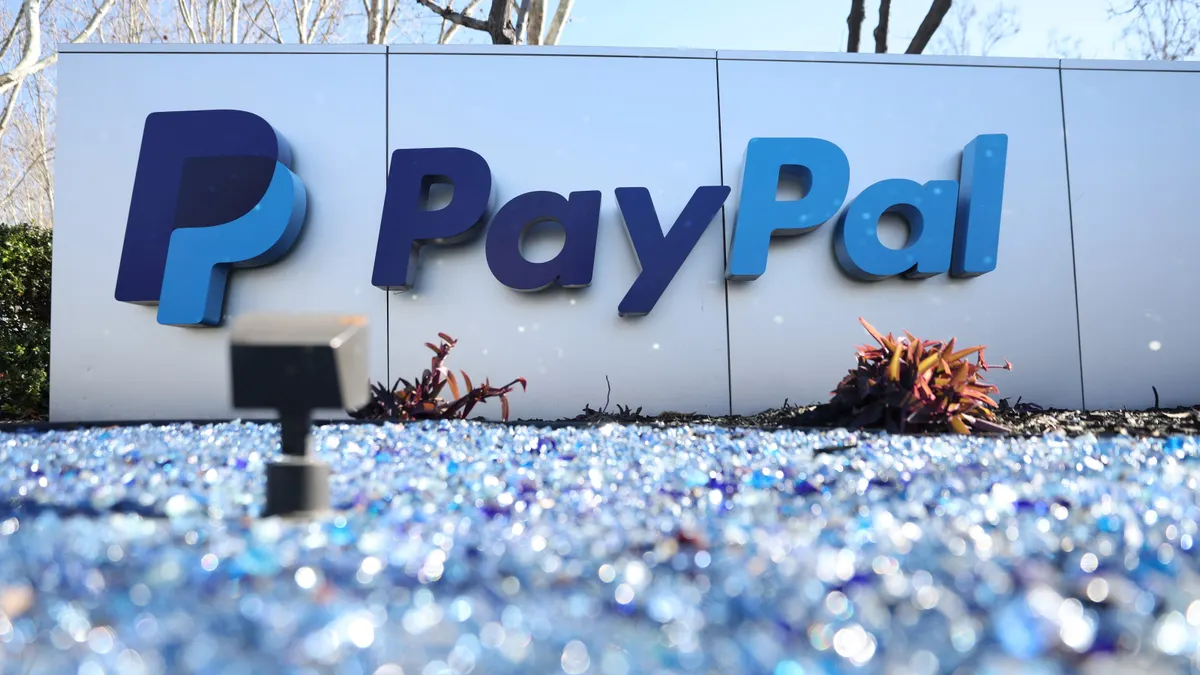
Tax-friendly crypto gifts and reimbursements: Personal transfers between friends and family using PayPal Links do not trigger IRS 1099-K reporting, making small crypto gifts and repayments tax-free and less intimidating for beginners.
-
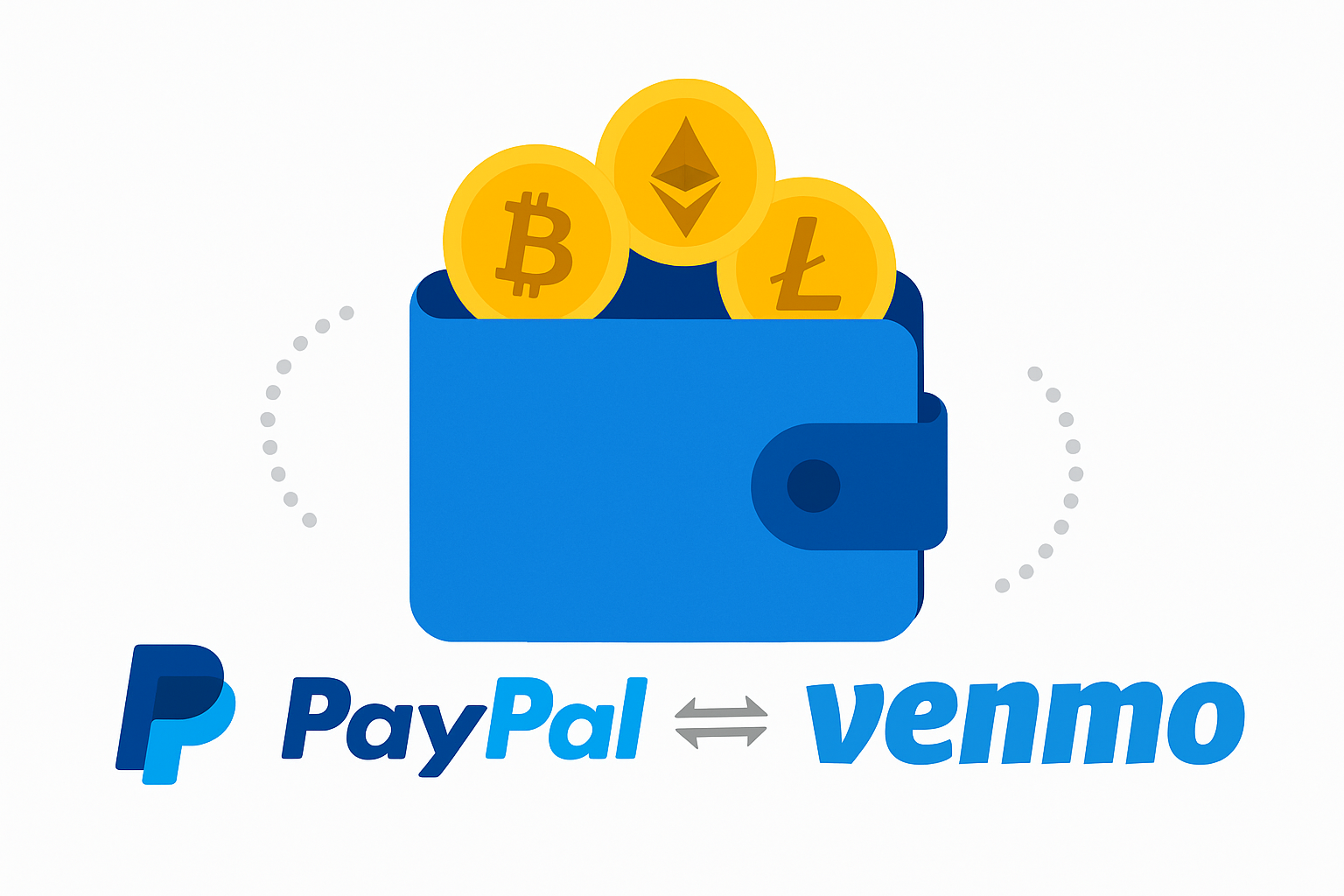
Seamless integration across PayPal, Venmo, and wallets: Users can move crypto between PayPal, Venmo, and compatible wallets, leveraging platforms they already trust and use daily, which lowers the barrier to entry for newcomers.
-
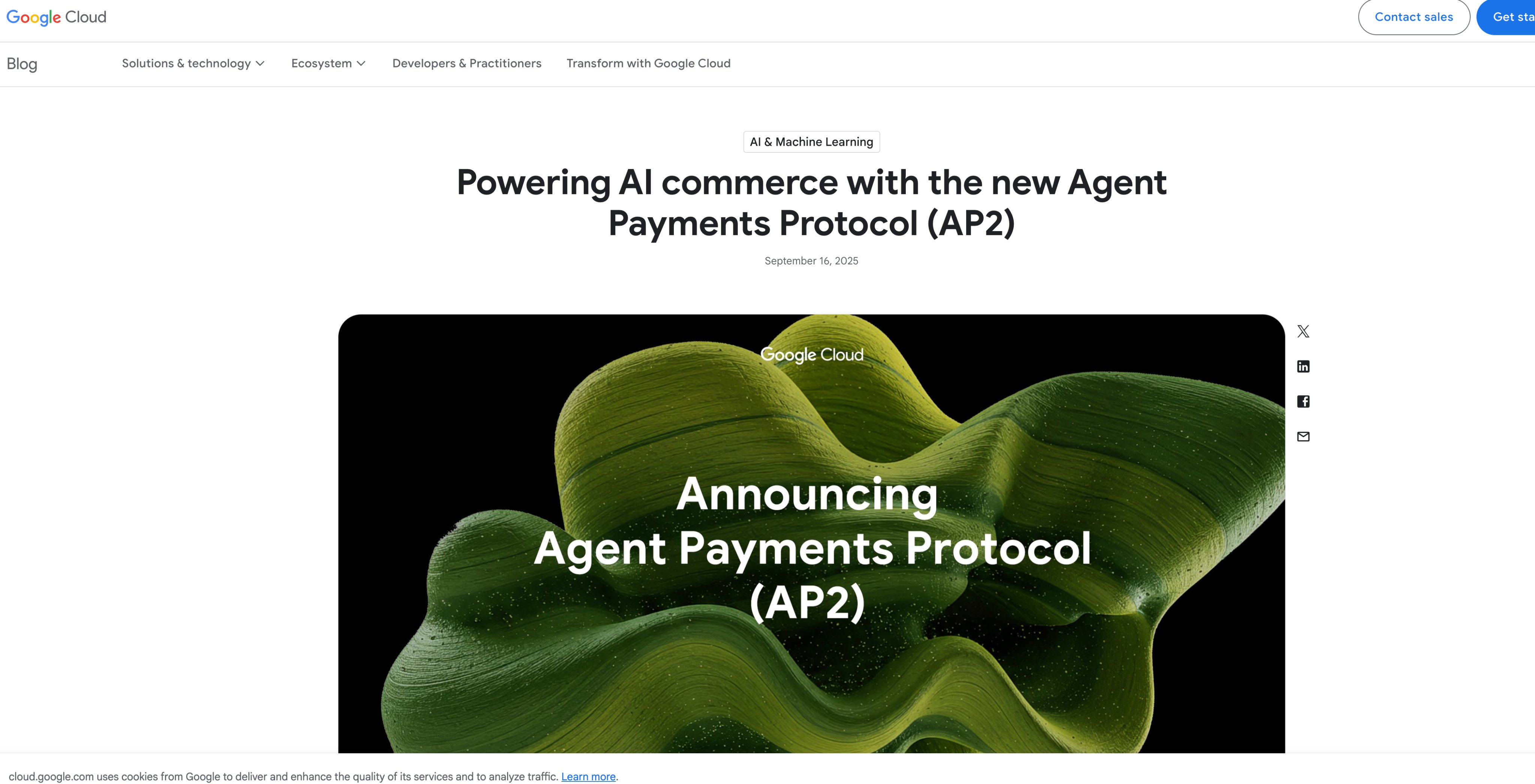
Google-Coinbase Agent Payments Protocol (AP2) enables AI-driven crypto payments: AP2 is an open-source standard that allows AI applications to send and receive payments, including stablecoins like USDC. This brings crypto transactions into mainstream digital experiences, making onboarding part of everyday app usage.
-

Secure, user-authorized AI transactions: AP2 uses cryptographically signed digital contracts to ensure users approve every transaction, addressing security concerns and building trust for beginners engaging in AI-powered crypto payments.
-
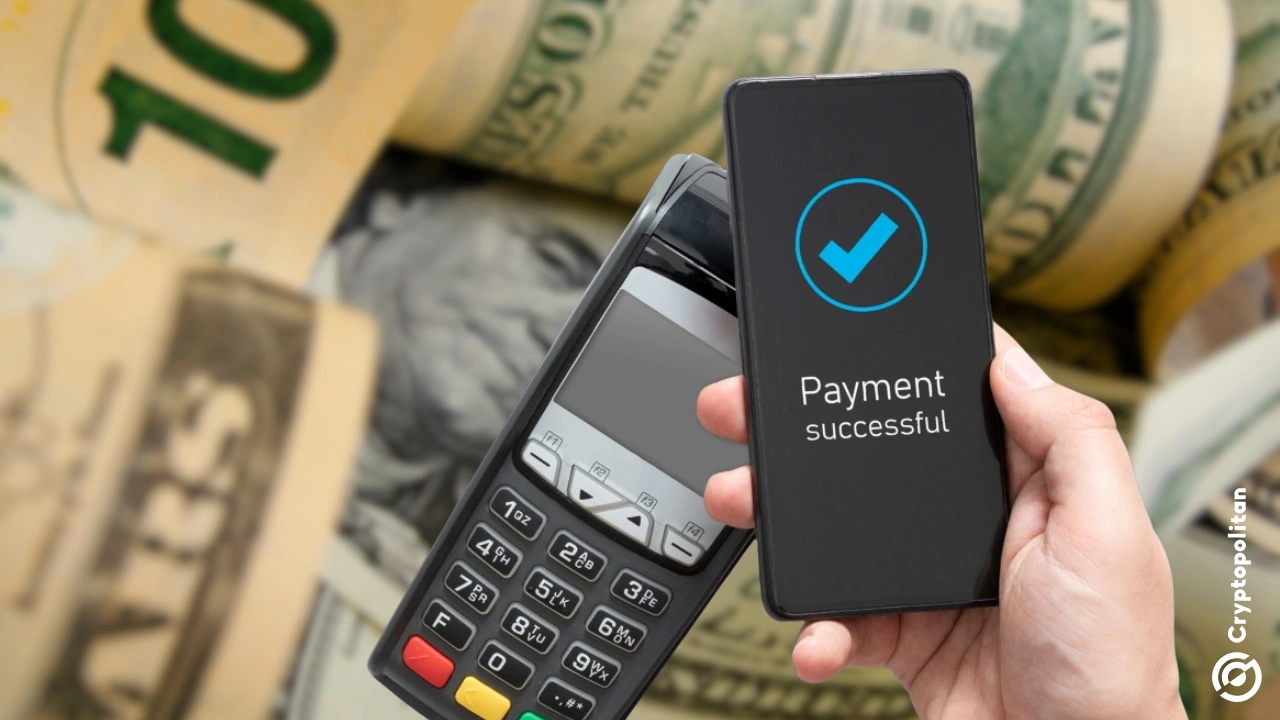
Familiar payment methods meet digital assets: AP2 supports both credit cards and stablecoins, allowing users to start with familiar payment options and gradually explore crypto, easing the learning curve.
-
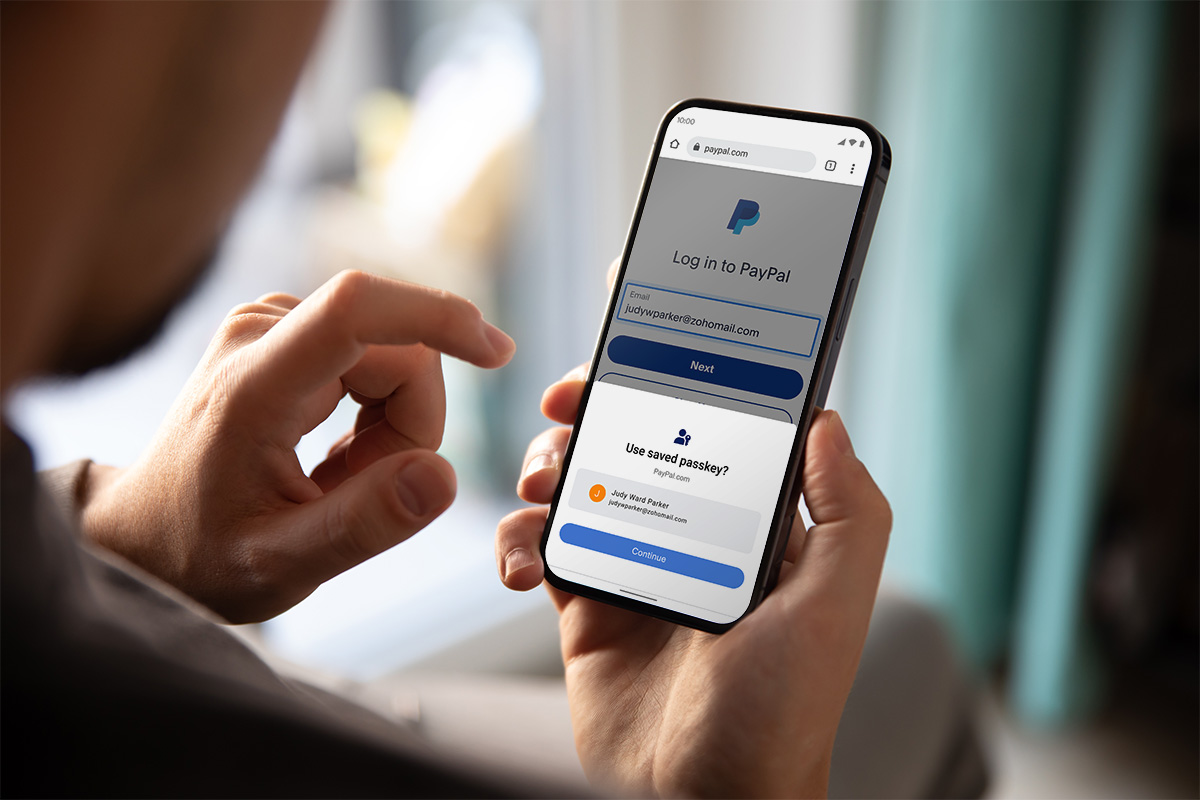
Fast onboarding with existing accounts: Both PayPal and Google-Coinbase AP2 leverage users’ existing accounts, meaning beginners can start with crypto using platforms they already have, skipping complex sign-up processes.
This is not just theoretical; we’re already seeing evidence of rapid adoption as users test out these features in real-world scenarios. Early data points suggest that more people are willing to experiment with small-value transfers when the process feels no different than sending cash via Venmo or asking a voice assistant for help.
The Future: What Comes Next?
The implications go far beyond simple person-to-person transfers. As AI agents become more capable, and as open standards like AP2 gain traction, we may soon see automated subscription management, seamless cross-border remittances, and even decentralized finance (DeFi) services accessible through everyday apps. For beginners especially, this means never having to touch a private key or worry about blockchain jargon.
The next frontier will likely be interoperability between platforms: connecting PayPal Links with other wallets and enabling AI agents from different providers to transact securely across ecosystems. This vision is still emerging but the groundwork laid by these 2025 launches is significant.
If you’ve been waiting for the right time to dip your toes into crypto, or help friends and family do so, these tools make 2025 the most approachable year yet.
For further details on how these new features work in practice, and how you can connect your accounts, check out the official resources at Coindesk.
